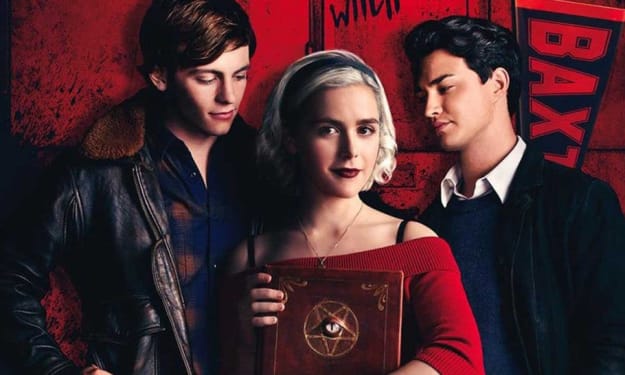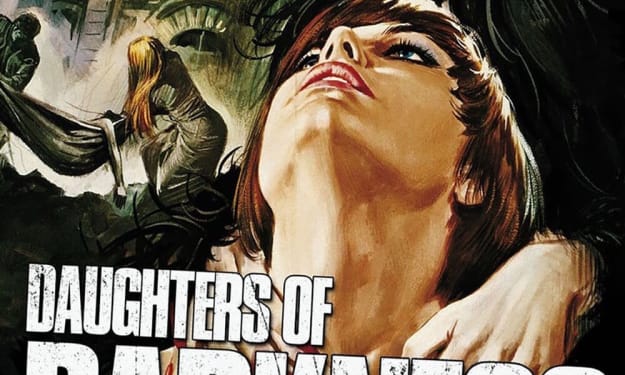Creating the Perfect Horror Story
Tips to Writing a Good Horror Story

It's October! Which means the story market will soon be flooded with horror stories, but what makes the perfect horror story? What elements are needed to elicit the right response from the reader? If you are thinking of writing a horror story this month, then here are a few tips to help you get started.
The best horror stories arise from seemingly mundane situations that take a dark turn. Or a situation that you think will go one way, but suddenly leads you down a different path. For my short story, Crashed, the story opens on a teenage boy driving home, who is T-boned by another car. What starts as a tale about drunk driving, quickly changes to something more sinister when the teenage boy is revealed to be a werewolf. The crash injures him and he changes into a werewolf in order to heal. The girl responsible for his injuries switches from worrying about going to jail to worrying if she will be killed by a werewolf. It's a good idea to include this strange turn of events very early in the story to draw the reader in.
Horror stories play on our fears. We all have phobias, some worse than others. If you are claustrophobic, being buried alive would be your worst nightmare, or if you are afraid of spiders, finding giant mutant spiders in your bed would be extremely bad for you. Find your worst nightmare and bring it to life in the worst possible way.
If you are writing a short story, your main character will be the one driving it. You need to establish them as individuals, make them stand out from the first moment we meet them. Why is this situation happening to them? What traits do they have that may help or hinder them? Perhaps they end up in their current predicament because they are nosy, or they end up somewhere they shouldn't be. A teenager playing truant from school ventures into an abandoned building and discovers something lurking within. A nosy neighbor spies on the man next door and sees him hiding a body. Be sure to balance out their good traits with their bad. Perhaps the main character rebels against authority, but he/she is good at leading others. The main character must face whatever horror you have waiting for them, so give them something to defend themselves with and no, I am not talking about a machete! Give them street smarts, experience or just pure perseverance! You have only a short amount of time to make the reader root for them. Make it count. If they don't care about the character or could imagine themselves in their place, then the story will not have the desired impact.
The twist—an important tool in any horror story. Some of the best stories have twists at the end which can really shock a reader. For example, the movie Identity had one hell of a twist. (Spoiler Alert) the whole thing is happening inside a serial killer's head! Or who can forget The Sixth Sense, where Bruce Willis was a ghost. Your twist must make sense to the story though, be sure to weave clues throughout the story as you go.
Most importantly, READ! Read as many stories as you can to get a feel for the structure and pace of horror stories. Edgar Allan Poe, Stephen King, HP Lovecraft, Clive Barker and Anne Rice are some of the most prolific horror writers ever. Check them out online and see for yourself what makes them great.
I hope this helps you when you start to craft your story.
About the Creator
S. K. Gregory
I am an author, journalist and blogger. I love reading and offer reviews to authors






Comments
There are no comments for this story
Be the first to respond and start the conversation.